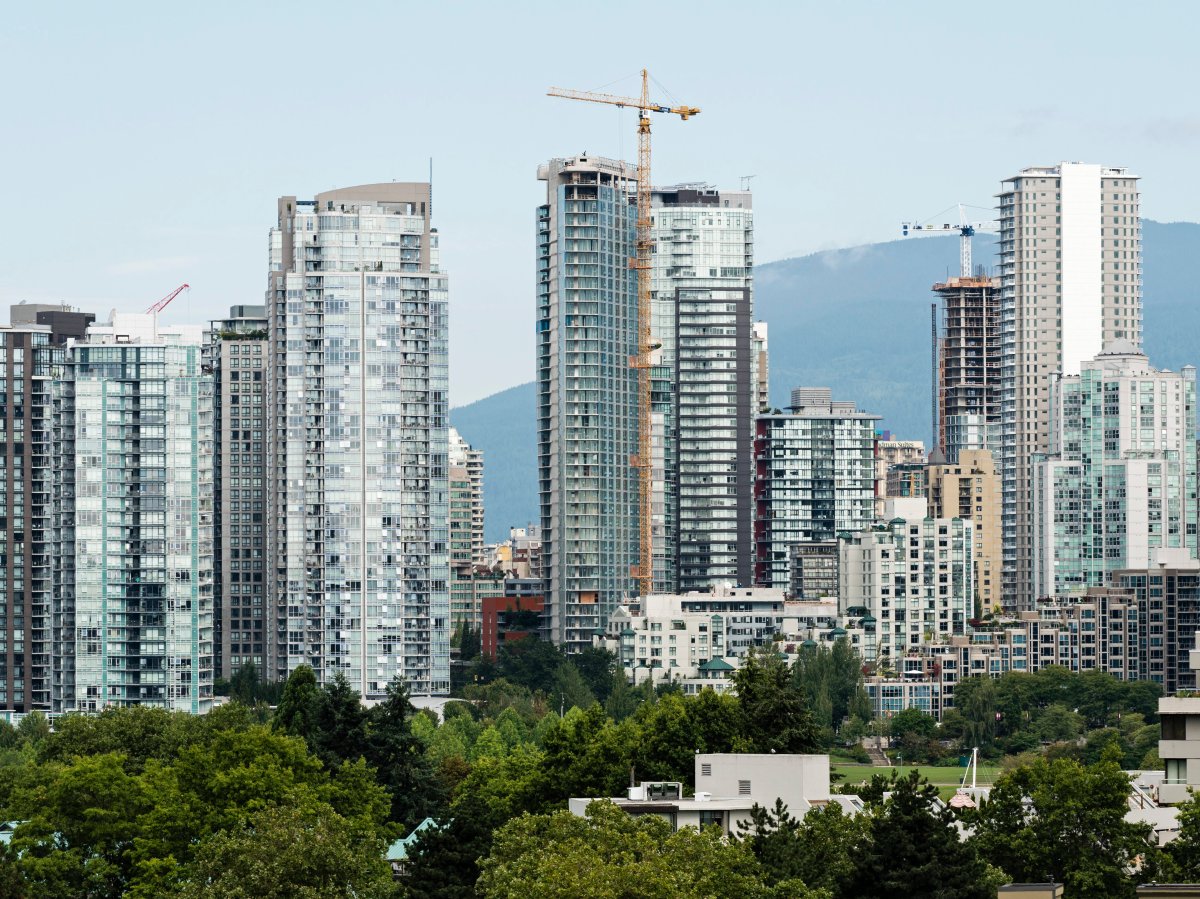The CKNW and Global News Neighbourhood Series is an annual series that explores neighbourhoods in Vancouver, Surrey, and the Tri-Cities.

CKNW’s Gord McDonald looks at “Nimbyism.”
You’ve heard it before many times: thousands of new people moving into Metro Vancouver every year.
This means there’s a need to allow denser buildings, more apartments, and fewer single-family homes. So basically, there is a need for our neighbourhoods to change.
But any talk of change has to include a discussion of Nimby’s, the “Not in My Back Yard” folks who resist any change in their area.
Back in June, the City of Vancouver put out a news release about its plan to deliver 11,500 new homes in low-density neighbourhoods as part of its Cambie Corridor plan.
- Family says probe into B.C. Mountie’s suicide has left no one accountable
- Meter mixup: B.C. woman’s power bill swapped with neighbours for over a decade
- Burnaby RCMP release sketch of man accused of sexually assaulting 80-year-old woman
- ‘I’m gonna push’: First-time B.C. mother delivers her own baby on way to hospital
The phrase “low-density neighbourhoods” caught my eye. Those new homes would mean townhouses and apartment buildings in neighbourhoods that right now only house a few.
But I can just hear the public hearings, the concerns, the fear, the frustration, and maybe even anger.
So, how do elected civic leaders balance the need for change in communities versus the fear of change many residents have?
“You can expect people in any neighbourhood, anywhere, to be upset. If, and here are the criteria: if the rate of change is faster than they’re used to, if the scale of the change is different from what they’re used to, and if they perceive it in any that it’s going to affect their quality of life and property values,” said Gordon Price, director of the City Program at Simon Fraser University, and former Vancouver city Councillor.
He said most of the time, is the rate at which the change is happening rather than the change itself that upsets people.
“As the rate of change slows down, people’s perception of change increases. So let’s say you’ve lived in a neighbourhood for about 10 years and not much has happened,” said Price.
“So, a single house coming down, changing, that could be a big impact and if it happens two or maybe three times, that is a rate of change that people will often describe as ‘out of control’ because they’ve been used to the status quo.”
He said areas like downtown south, Burrard, and Seymour have gone through so much change in the last decade that people are used to that.
“It’s the same rate of change, it’s very fast but we’re kind of used to it, it’s what’s expected. Whereas I say a single house or two coming down in a neighbourhood that hasn’t experienced that, that can be quite scary to people.”
So, how did he handle the Nimbys when he was sitting in the council chair getting yelled at?
“You have to take into account the people who aren’t in the room. And it’s not just the people who may basically be okay with the project, they just don’t want to spend the time or disagree with their neighbours, so they’re not present,” said Price.
He said that if 20 to 30 per cent of people who showed up at a hearing to discuss a project were in favour of it, that usually indicated the project was essentially OK.
Price said it’s also important to think about the next generation and the people who are going to come to the developed area looking for jobs.
One of the most recent examples is the local opposition by the Beattie Group to build a new tower at 105 Keefer Street in Vancouver’s Chinatown.
“I look at the rendering, I see a massive building, there’s no way of getting around it,” said Vancouver East MP Jenny Kwan at a public hearing at city hall earlier this year.
“The building itself towers over the Dr. Sun Yat-Sen Gardens, it overshadows the Chinese Cultural Centre, and it looms over the monument that commemorates the Chinese railway workers and the veterans that fought for my rights, our rights, and our freedoms so that I can stand here before you as an elected official,” said Kwan.
Price said it is always important to accept when a project has failed to pass the test of support needed from the community. However, he said projects shouldn’t even get to as far as council without having a minimum level of support.
He said there are neighbourhoods where it’s easier to identify their values and their needs and more easily demonstrate there are different forms of housing that might be appropriate for different places.
“We’ve done it with some neighbourhoods along Kingsway for instance. It will generate some short-term resistance and very often that can be useful too in adjusting the plan,’ said Price.
“But we shouldn’t give up on this. Neighbourhoods evolve like people, they age like people, and like people, they need different responses. They need a little kind of care and loving of course, but they’re willing to accept change when they realize that it’s inevitable or it will benefit them.”











Comments